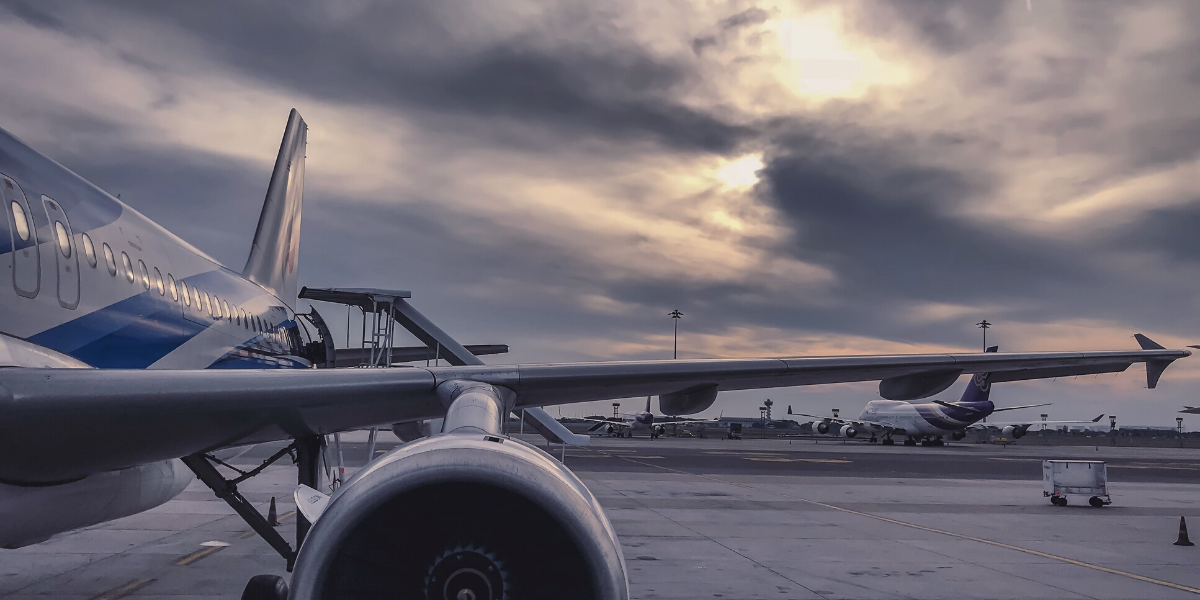In the aviation industry, efficient flight operations are crucial for optimizing resources, ensuring safety, and maximizing productivity. To achieve these goals, aviation organizations are turning to flying hour software. This innovative technology simplifies the management of aircraft flight hours, maintenance scheduling, crew assignments, and more. In this article, we explore the benefits and features of flying hour software, highlighting its impact on streamlining flight operations and improving overall efficiency.
Table of Contents
Efficient Flight Hour Management
- Accurate Flight Hour Tracking: Flying hour software allows organizations to track and record the flight hours of individual aircraft accurately. This data is essential for maintenance planning, scheduling inspections, and complying with regulatory requirements. Accurate flight hour tracking ensures timely maintenance, minimizing aircraft downtime and maximizing operational availability.
- Maintenance Scheduling: Flying hour software enables proactive maintenance scheduling based on flight hours or cycles. It provides real-time insights into maintenance requirements, facilitating the planning and coordination of routine inspections, component replacements, and necessary repairs. This proactive approach enhances safety, reduces unexpected maintenance issues, and increases aircraft reliability.
- Resource Optimization: By integrating flight hour data with crew and aircraft availability, flying hour software optimizes resource allocation. It helps organizations plan crew assignments, aircraft rotations, and maintenance activities more effectively. This optimization results in efficient resource utilization, improved crew productivity, and reduced operational costs.
- Compliance with Regulations: Flying hour software assists aviation organizations in adhering to regulatory requirements and reporting standards. It automates data collection, monitoring, and reporting processes, ensuring accurate compliance with regulations related to flight hours, maintenance intervals, crew duty limitations, and more. This reduces the risk of non-compliance and associated penalties.
Streamlined Communication and Collaboration

- Centralized Data Management: Flying hour software serves as a centralized hub for managing flight hour data, maintenance records, crew schedules, and other relevant information. This centralized approach streamlines data access, facilitates collaboration, and eliminates the need for manual paperwork or disparate systems. All stakeholders can access the necessary data in real-time, enabling seamless communication and coordination.
- Automated Notifications and Alerts: Flying hour software automates notifications and alerts for critical events such as upcoming maintenance requirements, crew duty limitations, or aircraft usage thresholds. These automated reminders ensure that relevant personnel are promptly informed of impending tasks, reducing the risk of oversights or missed deadlines.
- Enhanced Crew Management: Flying hour software includes features for crew management, enabling organizations to efficiently plan crew assignments, monitor duty times, and comply with regulatory rest requirements. It simplifies crew scheduling, reduces administrative burdens, and ensures optimal crew utilization while prioritizing crew well-being and safety.
Data-Driven Decision Making
- Real-Time Analytics: Flying hour software provides powerful analytics and reporting capabilities. It generates comprehensive reports on aircraft usage, maintenance trends, crew performance, and other key metrics. This data empowers organizations to make informed decisions regarding aircraft fleet management, maintenance strategies, crew training needs, and resource allocation.
- Predictive Maintenance: By analyzing flight hour data and maintenance records, flying hour software can identify patterns and predict potential maintenance issues. Early detection of potential failures allows organizations to take preventive measures, reducing the likelihood of unscheduled maintenance, disruptions, or costly repairs.
- Performance Evaluation: Flying hour software enables performance evaluation of aircraft, crews, and maintenance processes. By analyzing data on flight hours, maintenance activities, and crew performance, organizations can identify areas for improvement, implement corrective actions, and optimize operational efficiency.
Conclusion
Flying hour software is transforming flight operations management by streamlining flight hour tracking, maintenance scheduling, crew assignments, and more. With its ability to optimize resources, automate processes, enhance communication, and facilitate data-driven decision making, flying hour software empowers aviation organizations to achieve greater efficiency, safety, and productivity. By embracing this innovative technology, aviation industry stakeholders can elevate their operations, reduce costs, and enhance overall performance in an increasingly competitive environment.





_3-6.jpg)



